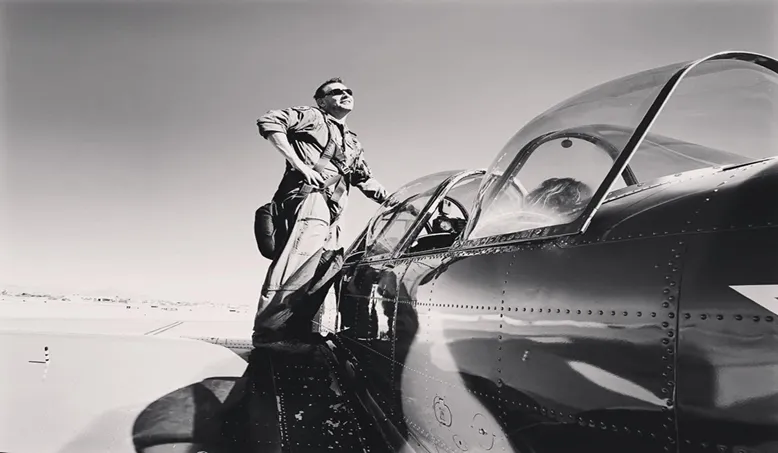
Who is Daniel Peter Christman? Brief biography.
As a young kid growing up in northern Indiana, I always knew I wanted to be a pilot. My father was in the Air Force Reserves and would regularly take me to the base to see the planes. When I was 11 my parents bribed me, saying that if I made the honour roll they would pay for flying lessons. It worked, and I have been hooked ever since.
I soloed on my 16th birthday and received my Private Pilot Certificate a year later at age 17. Since then, I have earned several certificates: Air Transport Pilot multiengine land, Commercial Pilot single-engine land, and sea, instrument helicopter and glider, Flight Instructor single and multiengine, instrument aeroplane, helicopter, instrument helicopter and glider, Ground Instructor advanced and instrument, Flight Engineer turbojet, and Remote Pilot small UAS.
You fly also as a pilot for USAF. What is your role within the USAF?
My day job is as a Lieutenant Colonel in the USAF—where I’m known as “Taz”—presently serving as the Inspector General of the 57 Wing at Nellis AFB, Nevada. My military flight experience includes Instructor Pilot in the Northrop T-38A/C Talon jet trainer, Mission Pilot in the Rockwell B-1B Lancer bomber, and Instructor/Evaluator Pilot in the General Atomics MQ-9 Reaper remotely piloted aircraft (RPA).
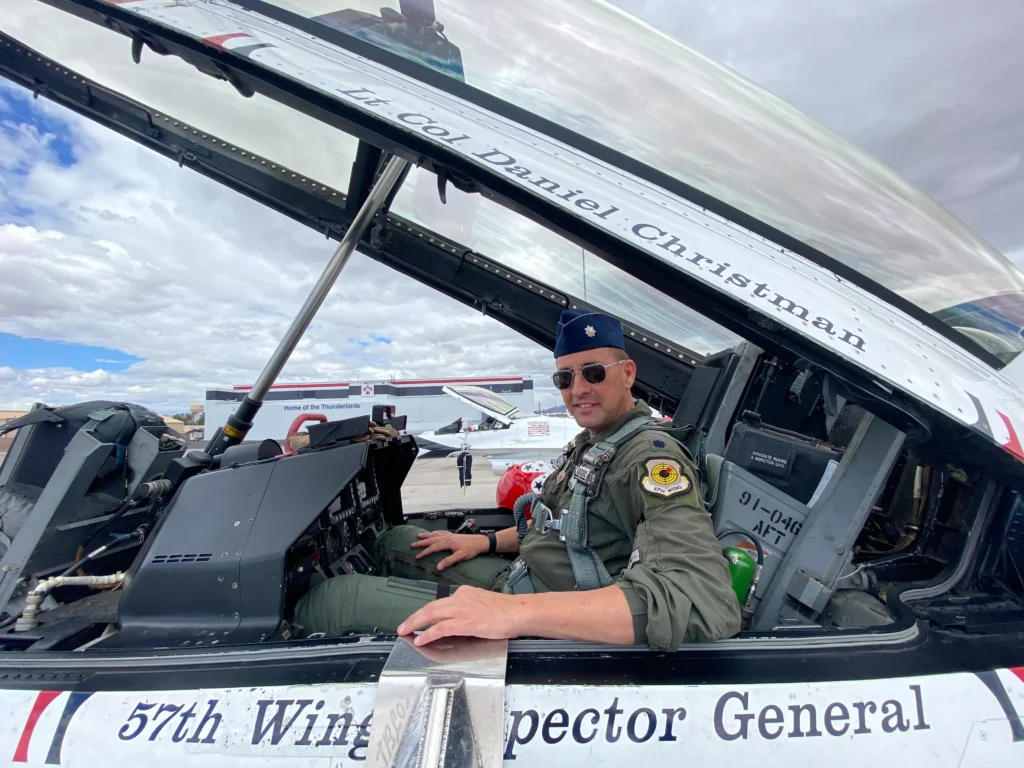
photo credit to Daniel Christman
You have been nominated Certificated Flight Instructor of the Year 2018 by the General Aviation Awards program and the Federal Aviation Administration (FAA). are you also active in promoting flying as an educational tool for the younger generation?
Teaching flying is clearly my passion. In addition to my full-time duties with the Air Force, I average 25-30 hours of flight instruction a month and another 10-15 hours of ground training per week. I have been an active flight instructor either full or part-time for over 23 years with more than 7,000 hours of dual instruction given in a diverse array of aircraft. As a part-time instructor, I currently have six full-time and four part-time flight students plus five ground school students. Unfortunately, I currently have a two-month waiting list for any new prospective students. As the director of operations of a major flight school, he is responsible for managing 8 instructors and 55 students.
I currently run one of the only aerobatic/upset recovery training programs in the region utilizing Decathlon and Yak-52 aircraft. I am an experienced Technically Advanced Aircraft (TAA) instructor specializing in Avidyne, Garmin, Aspen, and Honeywell glass cockpits. I have also created and recorded over 55 hours of video content for Helicopter Online Ground School (HOGS) Instrument Rating course.
A favourite saying of mine is: “An empty seat is a missed opportunity”. What that means is any time after you are a certificated pilot that you fly solo, it is a missed opportunity to share aviation with someone. I am a huge proponent of the Young Eagles program and will routinely share my love for aviation with younger kids, trying to pass on the experiences of my own youth.
As an aviation ambassador to young enlisted Air Force airmen, Taz designed an incentive ride program to help motivate them to become officers and pilots. He flew 25 enlisted airmen free of charge in personal aircraft, three of whom decided to start flight training.
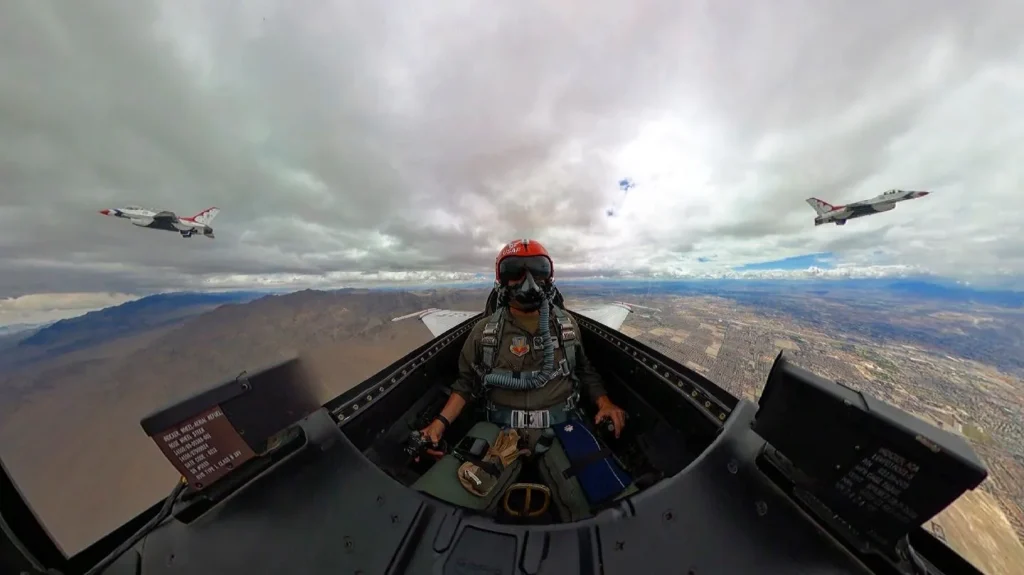
photo credit to Daniel Christman
Is the general pilot shortage in the USAF affecting your daily work as an airman?
I do not think the manning shortage is limited to just pilots. All aspects of the military are feeling the strain. But losing experienced pilots to the private sector is a huge concern for Air Force leadership. I do not see any relief until leadership makes some unprecedented changes. Most stems from the high ops tempo that pilots are enduring. Multiple deployments wear on family life. The private sector of aviation, Airlines, and corporate, offer a more stable lifestyle and better pay. The Air Force is losing our most experienced pilots, which is putting more work on those of us who stay in.
Can Augment Virtual Combat Reality, according to your experience on the field, concretely fill the pilot shortage gap?
I think it is too soon to tell if VR can fill the pilot shortage. The retention issue will still exist whether we produce pilots faster or not.
In 2018, the service introduced a first-of-its-kind Pilot Training Next (PTN) experiment at Joint Base San Antonio-Randolph, Texas, to test students’ abilities within an augmented reality space meant to resemble an in-flight experience.
PTN uses simulators to teach aircraft familiarization. Student pilots have traditionally begun their training with heavy academics and regimented simulator time, but PTN plunges them directly into augmented reality and simulator training, allowing them to learn and self-correct as they participate in realistic flight scenarios before they get into the T-6 aircraft used for instrument familiarization, and low-level and formation flying.
Pilot performance and washout rate in PTN closely resembles a conventional undergraduate pilot training class. The Air Force has introduced a new program, dubbed Undergraduate Pilot Training 2.5, which builds off PTN.
Primary training for UPT 2.5 begins in the T-6 aircraft, but then transitions to virtual reality, simulator, and tablet learning mechanisms.
While the Air Force is progressing with these programs, it’s also looking to outsource training to private industry to boost yearly pilot output as it races to produce 1,500 pilots a year. The Air Force fell short of that production goal — first set in 2018 — in fiscal 2020, producing 1,263 pilots.
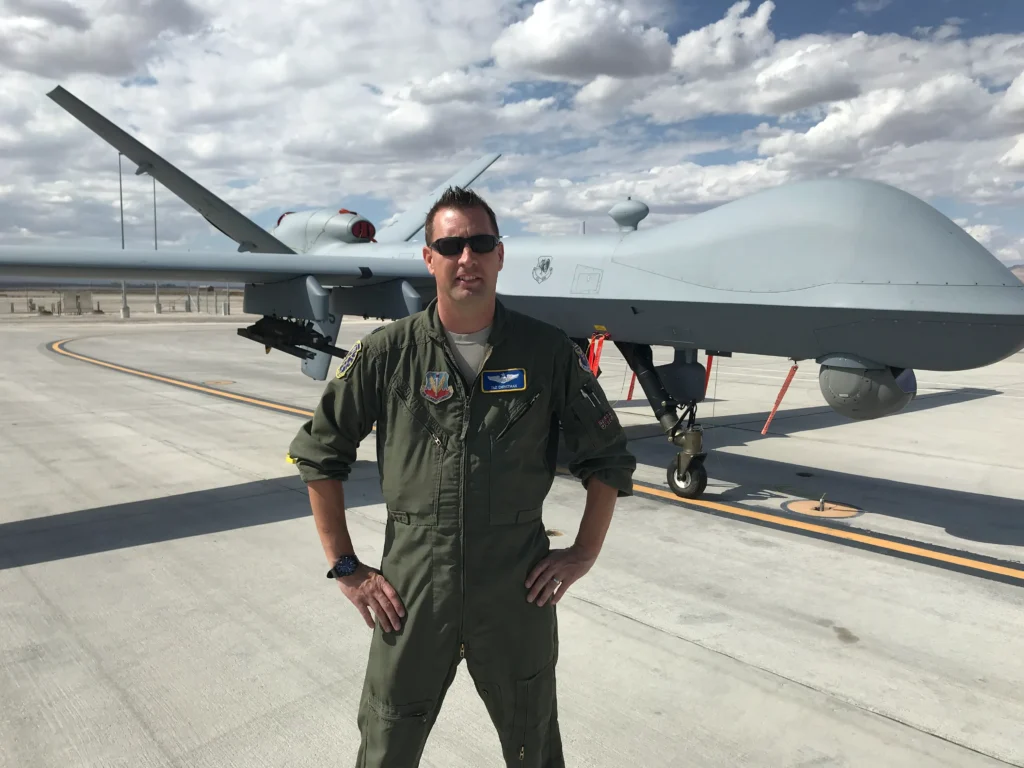
photo credit to Daniel Christman
You have been active, among others, also on B-1 Lancer Bombers. What are your expectations for the B-21 Raider? Do you think it could be a way to take the B-52 out of service for the good and leave the strategic long-range missions covered only by the B-1 and B-21?
Currently, only 10 per cent of our nation’s bomber force is capable of penetrating advanced adversary air defences. The B-21 will provide the kind of payload, range, and penetrability that our current force of B-1s, B-52s, and, to a small degree, B-2s, cannot accomplish.
That being said, the high cost I feel will limit the B-21. We have seen that in both the B-1 and the B-2 aircraft. The B-1 has been overworked to the point where its future has been seriously cut. Parts are hard to come by and the huge operational cost is a hard pill for congress to swallow. The B-2 was originally supposed to have 132 aircraft, but only about 20 were ever produced. I think the same fate will fall on the B-21.
The B-52 on the other hand has been a workhorse for the military since the late ’60s. It is relatively cheap to operate compared to the other Bombers. While it is old, it continues to be upgraded to stay relevant. I don’t think its life is indefinite, but I do think it has the potential to outlive the B-1 and B-2.
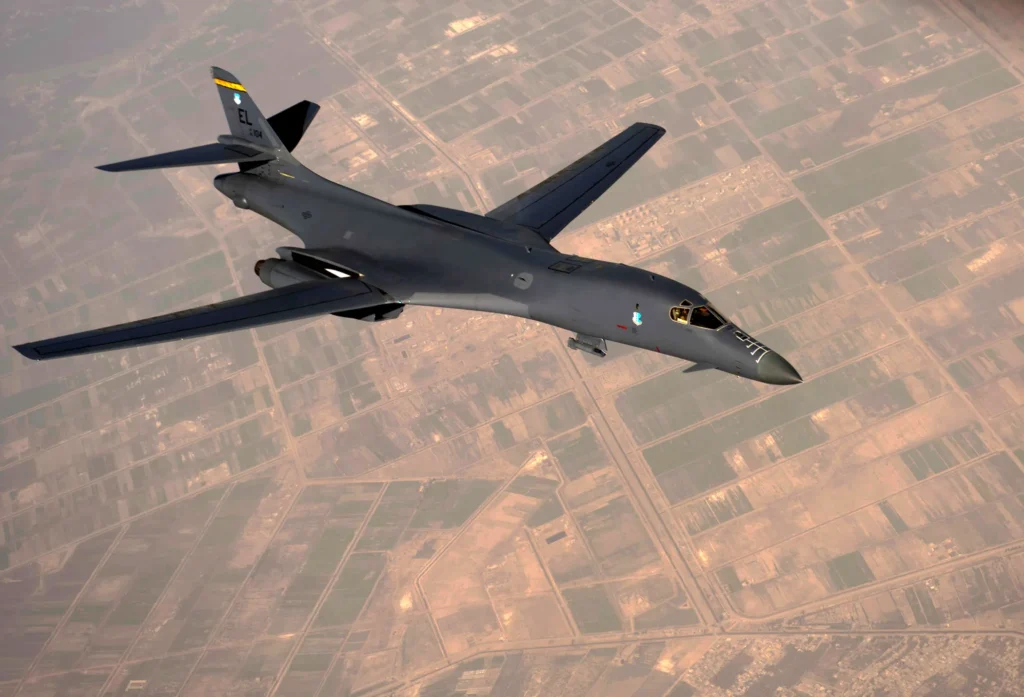
photo credit to Daniel Christman
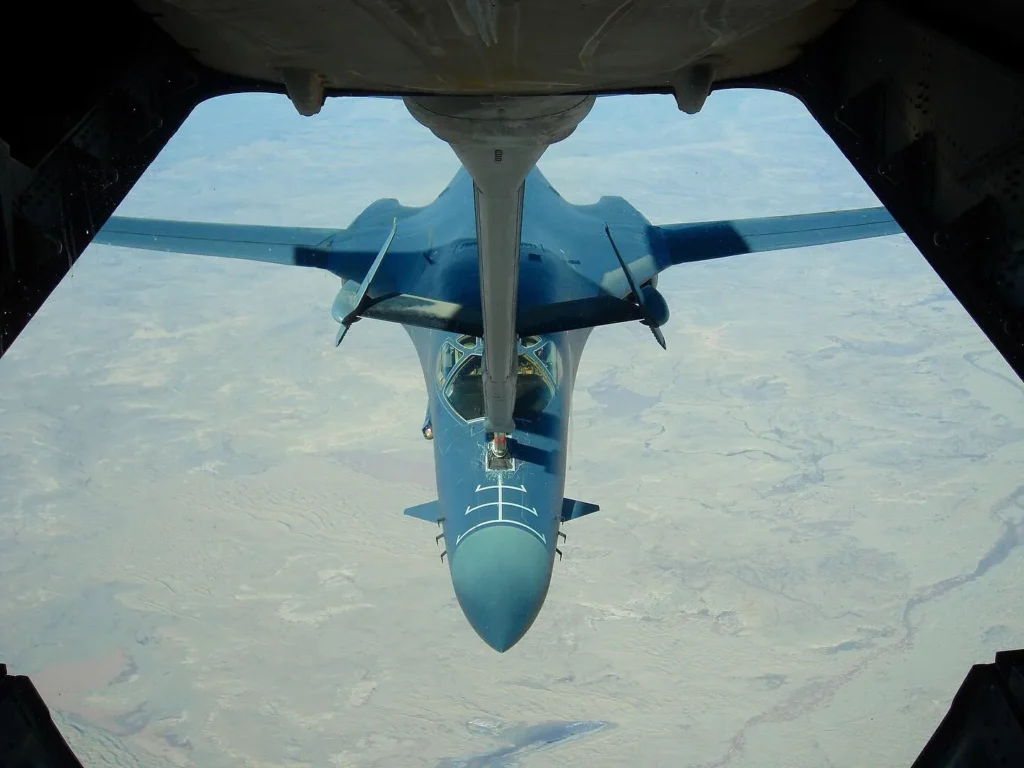
photo credit to Daniel Christman
You fly almost everything that can take off and land (if we exclude witches' brooms). Which is, at the end of the day, your ideal airframe?
I just absolutely love flying. If it will get me off the ground, I would probably fly it, including brooms! LOL. My ideal airframe changes with what I want to do. If I want to fly low and slow and land out in the middle of nowhere, a helicopter is a way to go. If I want to travel long distances and get there fast, an aeroplane is the best way.
All aircraft are designed for specific reasons. Depending on what I am feeling at the time, usually determines what I want to fly. It is really hard to pick just one. I suppose if you pressed me to pick only one aircraft to fly, it would be a Decathlon. It allows me to do aerobatics, while still being able to fly cross country. I could also do some off-airport-type flying.
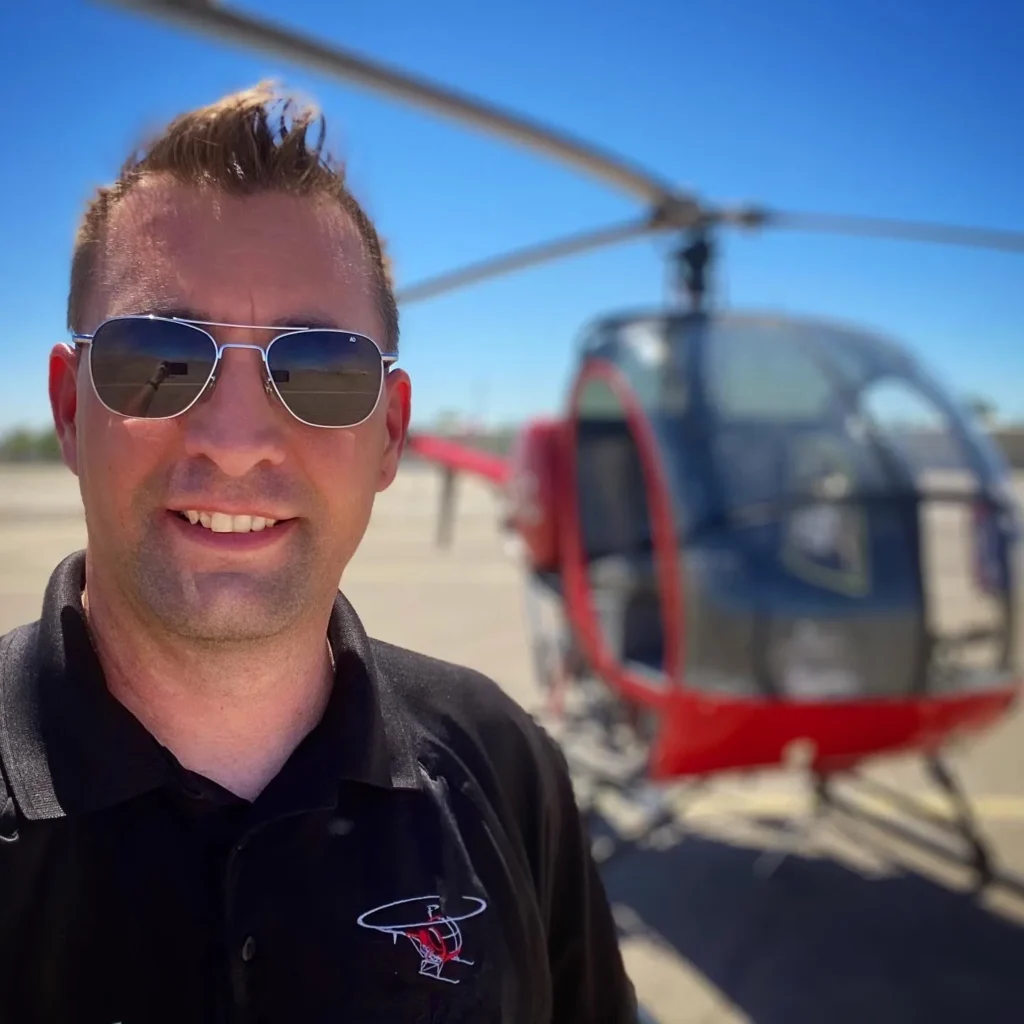
photo credit to Daniel Christman
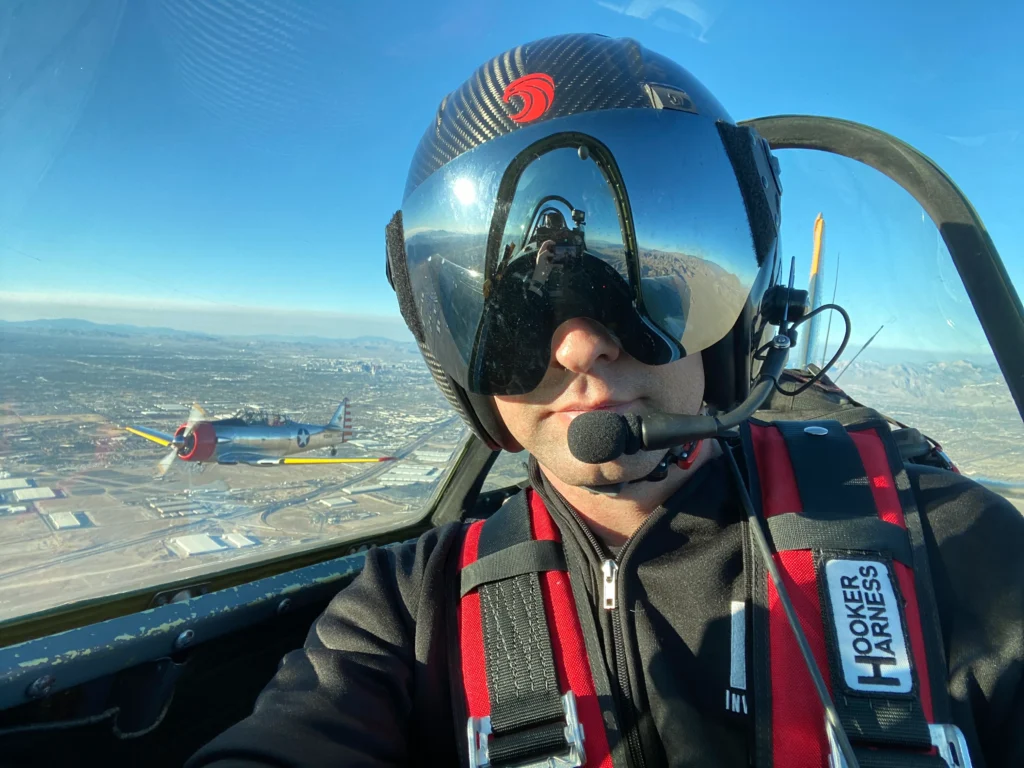
photo credit to Daniel Christman
You and your YAK-52, a passionate love story. Tell us where you met her.
Our Yak and I have had an interesting journey. It originally rolled out of the factor in Romania in 1988. It then went into service with the Ukrainian Ministry of Transport as a primary trainer. It trained hundreds of pilots until it was returned to the factor in 1999 for overhaul. It was then purchased by a U.S. company Ohio in 2001. They registered the aircraft in the U.S. and flew the aircraft until 2007 when they sold it to a gentleman in Phoenix AZ. It was only in Arizona for about a year. It was then sold to another gentleman from Santa Monica CA. Unfortunately, that owner passed away in a separate aircraft accident. The plane sat on the ramp for several years until it was finally purchased by an aircraft museum in 2013. They performed maintenance on the plane to get it airworthy again. The plane was then purchased in 2015 and moved to Southern California. It was then used as an airshow performer, flying multiple airshows throughout the Southwest. I first flew into N52EX in 2016. A good friend of mine was looking for an aerobatic aircraft. We flew out to Murrieta, CA to do a test flight. I instantly fell in love with the plane. It had the military feel I was used to from my Air Force aircraft, but unique and different from anything else I had flown. My buddy bought the plane on the spot. I have been flying the plane ever since. I loved flying the plane so much, that I started looking for my own Yak. My friend who owned the plane decided it was too much for his skillset, so he offered to sell it to me. I jumped at the chance. I purchased it from him in 2019. I have never regretted it one bit. I have flown it all over the United States. I have introduced several people to aerobatics, formation, and warbird flying. I have had the privilege to perform several memorial/military honour flights. Currently, I am helping prepare my girlfriend to fly her in the Women’s Air Race Classic. This will be the first time a Yak has been included in the race. She is one of the best planes I have ever flown. She fits me to a T. She has her quirks. She is temperamental, fussy, and needs a lot of attention at times. But when we are in the air, it is pure magic. She is a huge part of my life. I could not think of a better plane for us.
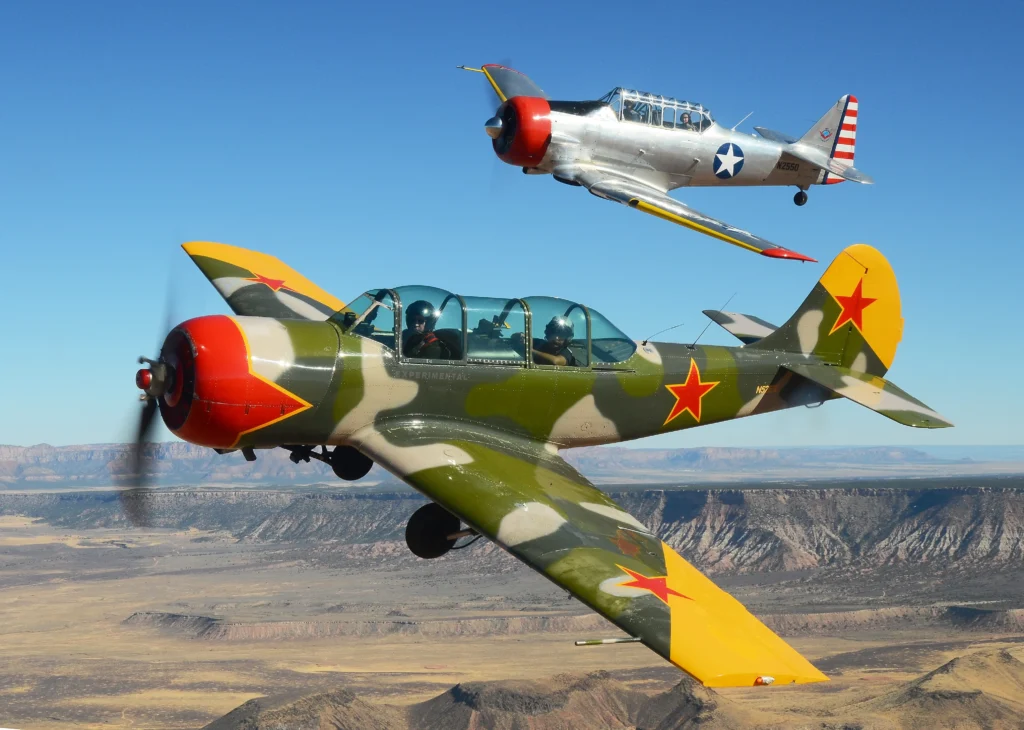
photo credit to Daniel Christman
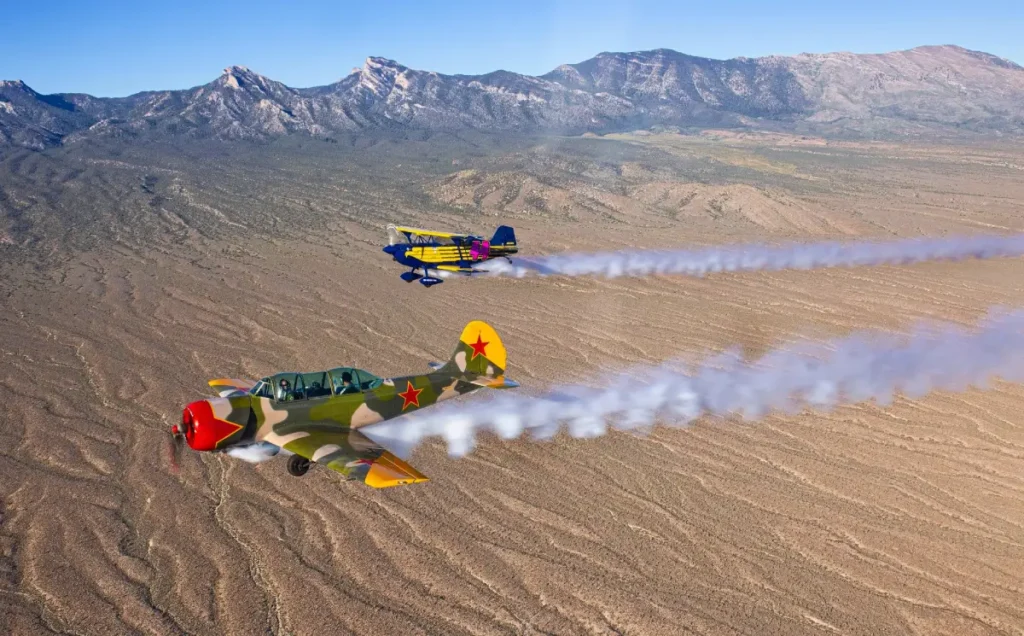
Article by Enzina Calascione
We thank you Daniel ‘Taz’ Christman for his cooperation and support .
Follow ‘Taz’ on his official accounts https://instagram.com/chrisairaviation?utm_medium=copy_link



